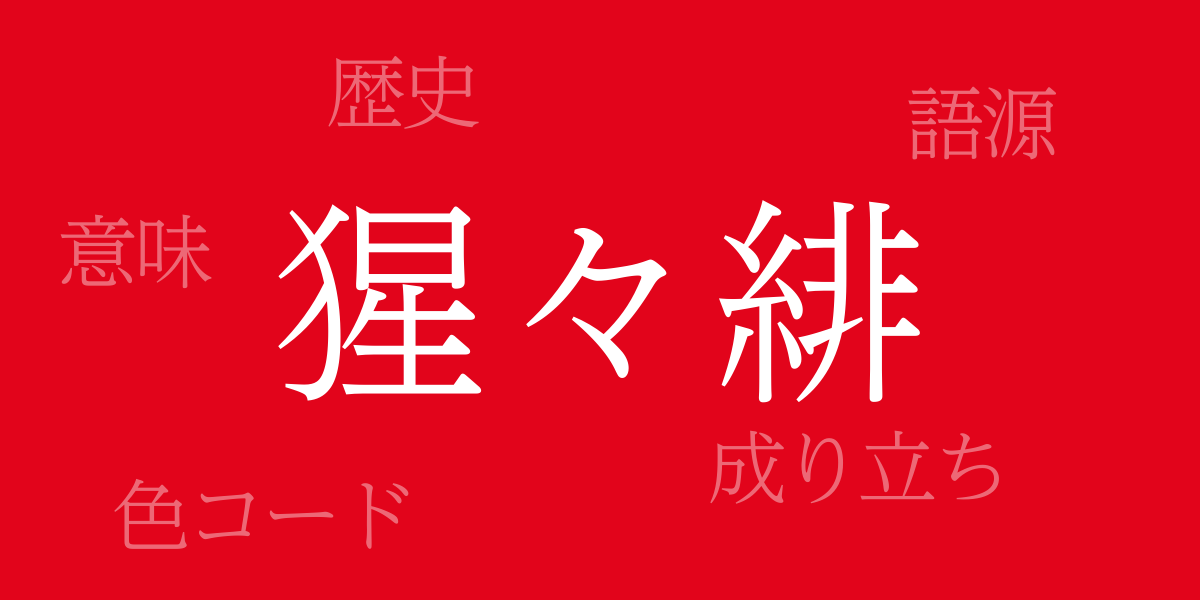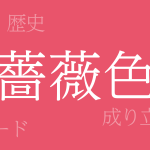Japan’s rich nature and culture have been expressed through a myriad of colors. Among these, ‘Shojohi (しょうじょうひ)’, symbolizing passion and vigor, stands out as a special traditional color. This article explores how Shojohi has been deeply rooted in Japan’s history and culture, captivating many with its allure.
About Shojohi (しょうじょうひ)
Shojohi (しょうじょうひ) is a vivid red traditional Japanese color. Its name is derived from the mythical Chinese creature ‘Shojo’, believed to have blood of an intense red hue. This color has historically been regarded as noble, used in kimonos, temple pillars, and other significant places.
The History of Shojohi
The use of Shojohi dates back to the Heian period, where it was favored by nobles in their attire to signify status. In the Muromachi period, it was adopted by the warrior class, valued as a symbol of power and bravery. By the Edo period, Shojohi was also used in firefighters’ uniforms, becoming known as a ‘fire prevention color’.
Color Codes for Shojohi
To reproduce Shojohi in digital designs, accurate color codes are essential. Listed below are the color codes for Shojohi:
- HEX: #E2041B
- RGB: R:226 G:4 B:27
- CMYK: C:12 M:99 Y:96 K:0
Western Names for Shojohi
In English, Shojohi is sometimes referred to as “Vermilion” or “Scarlet.” These names also denote vibrant reds and are found in Western paintings and decorations.
Summary on Shojohi
With its history and beauty, Shojohi continues to enchant many as a traditional Japanese color. It is enjoyed in various fields, including clothing, architecture, and art. Even in the digital age, knowing its color codes allows us to appreciate Shojohi up close. This vivid red, representing Japanese tradition and culture, is something to be cherished and preserved for future generations.

























